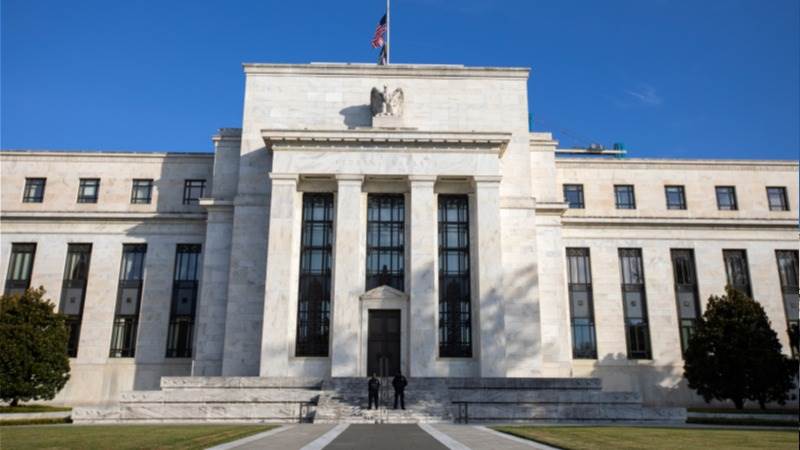Washington, United States – US wholesale prices rose more than expected in September, government data showed Thursday, as energy prices continued to climb.
The producer price index (PPI) rose by 0.5 percent last month, building on August’s 0.7 percent increase, according to data from the Labor Department.
This was above the median expectation of economists surveyed by MarketWatch.
Prices for final demand goods rose by 0.9 percent, while the index for services increased by 0.3 percent.
“Over 40 percent of the September increase in prices for final demand goods can be traced to a 5.4-percent rise in the index for gasoline,” the Labor Department said in a statement.
Once food, energy and trade serves were stripped out, wholesale prices increased by a more modest 0.2 percent month-on-month.
“Overall, these data likely do not change the outlook for Fed policy,” High Frequency Economics’ Chief US Economist Rubeela Farooqi wrote in a note to clients.
The US Federal Reserve has raised its key lending rate 11 times in the last 18 months to a 22-year high as it looks to bring down consumer inflation while avoiding a damaging recession.
“Our baseline remains that rates are at a peak,” Farooqi added.







